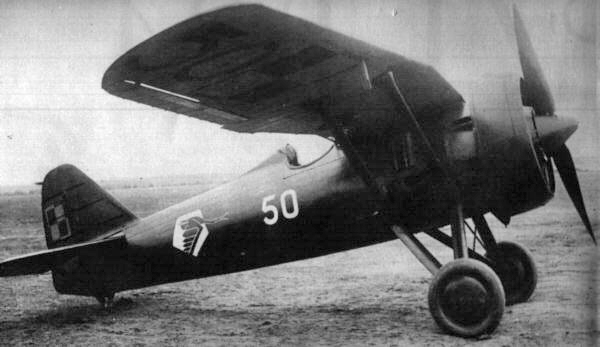Thumpalumpacus
Lieutenant Colonel
Generally speaking, monoplane fighters of the WWII era had low-mounted wings, rather than high-mounted. I imagine that that's for keeping landing-gear closer to the ground.
But was there any aerodynamic reason to favor low- over high-mounted wings?
But was there any aerodynamic reason to favor low- over high-mounted wings?


